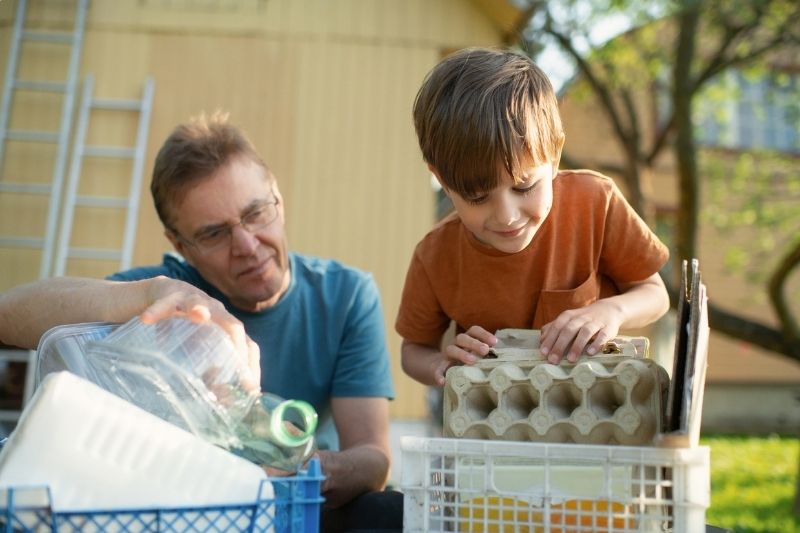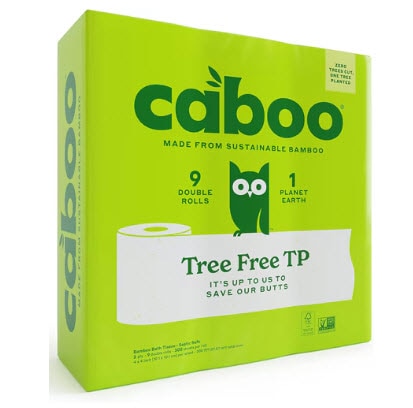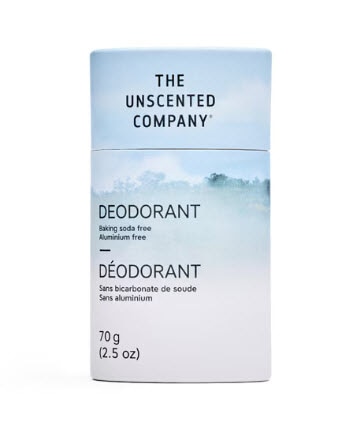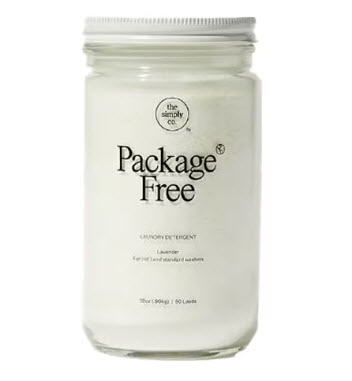Eco-minded people have been actively recycling since the 1970s, believing they are making the planet a better place for future generations. However, there have been numerous reports in recent years suggesting that our national recycling program, from its very origins, may not be what we thought it was, to say the least.
Most Americans are familiar with the positive side of recycling, exemplified by news releases like this 2024 national article by the Association of Plastic Recyclers which commemorates America Recycles Day, touting the environmental and economic benefits of recycling. This ‘proclamation’ also underscores the importance of purchasing products made from recycled materials, stipulating that, “The recycling process is complete only when recovered materials return to the market as new products for purchase by consumers.”
According to the Recycling Partnership, people want to recycle more, companies want their materials to be recycled, and industry benefits from access to more recycled materials. Americans have also long been taught that recycling:
- Protects ecosystems and wildlife
- Reduces carbon emissions
- Conserves natural resources
- Saves energy
- Reduces the need for new materials
- Bolsters local communities
- Saves money
- Acts as environmental education
- Reduces incineration
- Leads to job creation
When it comes to the accuracy of these recycling claims, how do we know what is the truth and what is myth? This important question requires us to sift through any potential greenwashing claims to determine the facts.
The reality of recycling
Questioning long accepted myths reveals another side of recycling. For example, in a report from Greenpeace, we learn that the vast majority of consumer plastic, much of which is duly placed in recycling bins, actually ends up in landfills or the ocean. Researchers found that no plastic—not even soda bottles, one of the most prolific items thrown into recycling bins—meets the threshold to be called “recyclable” according to standards set by the Ellen MacArthur Foundation New Plastic Economy Initiative. Plastic must have a recycling rate of 30 percent to reach that standard; no plastic has ever been recycled and reused close to that rate.
Additionally, in a report entitled The Real Truth About the U.S. Plastics Recycling Rate, it was revealed that the amount of plastic turned into new goods has fallen to new lows of around 5 percent, and is expected to drop further as more plastic is produced. Americans who are blissfully unaware that these problems have existed for decades might be astonished to learn that In all those years, less than 10 percent of plastic has ever been recycled.
That disconcerting fact begs the question: if only a small fraction of consumer plastic waste is recycled, what happens to the rest? Because logically, if there were an additional disposal method that was safe for people, animals, and the Earth, we could continue our national reliance on plastic without care, right? The reality is that there is no environmentally viable solution to effectively address the 80 percent of plastic that is not currently being recycled.
So, what happens to that 80 percent unrecycled plastic?
The only ‘solutions’ for coping with all that non-recycled plastic are packing it into landfills, dumping it into the ocean, or burning it. Is it possible that the plastic we trash, drown, or bury will eventually break down and decompose safely and naturally? No, you may be thinking of biodegradable materials. Plastic is quite the opposite; it can never safely be reabsorbed into the environment. In fact, it is industrially designed to resist breakdown, with specific chemicals added during the manufacturing process to ensure durability and prolonged usage.
Even after centuries, discarded plastic merely separates into tiny pieces, called microplastics, which contain environmentally toxic chemical constituents that are harmful to both water and land animals. Nor are humans exempt. Americans ingest the toxic chemical constituents of microplastics to the tune of 3.8 million bits of plastic annually via protein in the diet alone!
How about burning plastic waste?
Around 12 percent of all plastic waste produced nationally is burned. As you might imagine, incinerating plastic as a national disposal method poses significant health risks, such as:
- Releasing toxic chemicals like dioxins and furans, which are highly toxic and persistent pollutants that can accumulate in the body and cause cancer, reproductive problems, and developmental issues.
- Creating toxic ash from heavy metals additives like cadmium, lead, and mercury during burning which can contaminate soil and water leading to long term, serious human, animal, and marine health issues.
- Generating microplastics, tiny plastic particles that can enter the air and be inhaled, potentially causing respiratory and other health problems.
Where do we go from here?
We are learning that a system we thought was planet-saving is in fact environmentally unsustainable. Now the question is, what do we do about it? There is a timely message here, as March 18th is Global Recycling Day, which was intended to celebrate the role of recycling in protecting our planet.
Earthjustice, a nonprofit public interest organization dedicated to litigating environmental issues. along with many other organizations and researchers, states that NOW is the time to collectively call out the “advanced recycling” myth, declaring it to be a deliberately misleading term for processes like melting plastics and extracting low-grade fossil fuels which exert heavy toxic burdens on communities and the environment.
Along with advocating for sustainable solutions, including reusing and extending the life of materials and products we already have, Earthjustice emphasizes the need for a true Zero Waste plan to reduce waste that would otherwise be burned or shipped to other communities.
Educating yourself is powerful
Organizations speaking truth to power about recycling agree that the real solution is cutting plastic production at the source. Beyond Plastics, in collaboration with Just Zero and other organizations, exposes the misleading propaganda spread by the fossil fuel industry about advanced recycling, chemical recycling, and other toxic and climate-damaging technologies. Check out their eye-opening reports on the topic.
You may also want to become familiar with the Global Plastic Treaty, an international agreement being negotiated by around 175 countries to end plastic pollution at every stage of the material’s lifecycle, from manufacturing to disposal. Modeled after the successful Montreal Protocol, the Global Plastics Treaty can end plastic pollution, protect human health, and create a waste-free future.
What else can we do individually?
It can be discouraging to hear that recycling was never the real solution; rather, it was the distraction. To add insult to injury, corporations are only ramping up plastic production. Global plastic waste is set to triple by 2060. How can you as an induvial possibly make a difference? Well, consider this. In 2023, the average American produced an estimated 487 pounds of plastic waste! Just think how effective you could be simply by not emulating this example!
We must own our power as consumers because our choices are the key. Think about it, without our patronage, there would be no plastics industry! You are making a difference already simply by becoming educated on this issue. This is critical because it reverses the false narrative and reframes the conversation. The real goal, again, is to move beyond the linear economy, where products are created, used, and thrown away, to a circular economy.
A Plastic Purge invitation
How about trying a Plastic Purge for April? Simply refrain from the purchase of any plastic-encased consumer item. Go directly to your local Farmer’s market, butcher, grower, artisan, etc. Remember, small actions individually lead to big results collectively. We can only solve this problem by working together, uniting around the shared goal of leaving a healthy planet for generations to come. We can do this!




